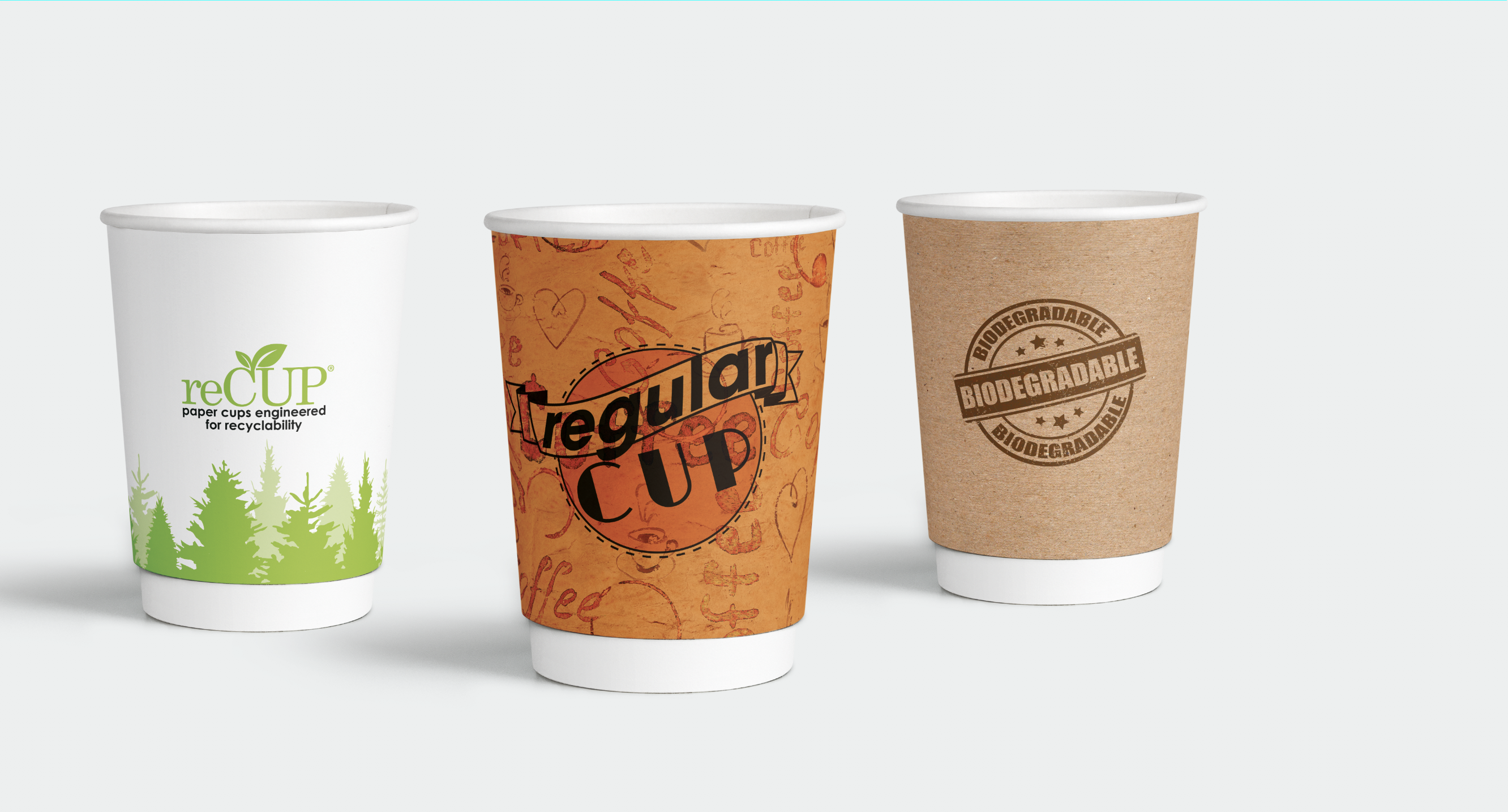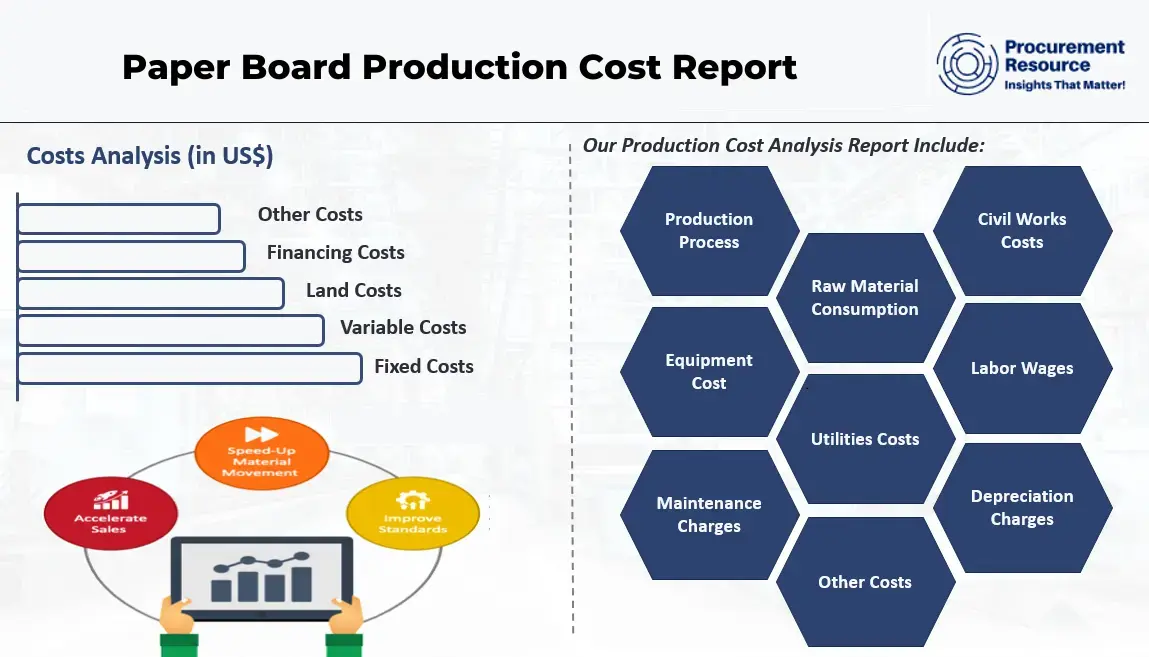How Can Bulk Purchasers Efficiently Manage Paper Cup Inventory?

Understanding how to effectively manage paper cup inventory for bulk purchasers is crucial for reducing costs and meeting customer needs. Proper inventory management ensures that businesses do not run out of stock or hold excess inventory that incurs added costs. Let's explore inventory management for paper cups, focusing on bulk purchasers.
Understanding the Basics of Paper Cup Inventory for Bulk Purchasers
Inventory Management: Inventory management refers to overseeing the ordering, storage, and use of paper cups. Effective inventory management helps prevent stockouts (not having enough cups) and overstock (too many cups). With efficient systems, businesses can lower costs and respond quickly to demand. For comprehensive insights on how to enhance your strategy, consider exploring custom printed paper cups that can elevate branding.
Types and Sizes of Paper Cups: Bulk purchasers typically require paper cups in a variety of sizes. The most popular sizes include:
- 8 oz: Ideal for espresso or smaller beverages.
- 12 onzas: Common for standard coffee orders.
- 16 onzas: Often used for lattes or soft drinks.
- 20 oz: Great for larger drinks or iced beverages.
Each size serves different customer preferences, making it essential for bulk purchasers to stock an appropriate mix.
Key Considerations for Selecting Paper Cup Inventory: When selecting paper cups, a few important factors to consider are:
- Materiales: Opt for cups made from biodegradable or recyclable materials, appealing to environmentally conscious customers.
- Diseños: Choices include color prints, logos, and patterns. Custom branding can enhance visibility.
- Funcionalidad: Choose options with good insulation, like double-wall or ripple-wall designs, to improve the drink's temperature retention.
Best Practices for Paper Cup Inventory Management

Implementing Inventory Management Systems: For efficient tracking of stock levels, integrating software systems dedicated to inventory management is vital. This helps businesses monitor what is on hand, understand usage patterns, and predict future needs.
Forecasting Demand: Accurate forecasting prevents overstocking or stockouts. Utilizing past sales data and analyzing seasonal trends can aid in making informed predictions. Adjusting orders based on upcoming events, promotions, or festivals can also enhance preparation.
Building Supplier Relationships: Establishing a reliable supplier network can lead to better pricing and improved product quality. Regular communication ensures flexibility and adaptations to changing business needs.
Eco-Friendly and Sustainable Paper Cup Options
Importance of Biodegradable or Recyclable Cups: The demand for sustainable products is growing. Consumers are increasingly inclined to support brands that adopt eco-friendly practices. Using biodegradable or recyclable paper cups can strengthen brand loyalty.
Innovations in Eco-Friendly Paper Cups: The market is seeing innovative options like compostable cups made from PLA (polylactic acid) and cups designed for reuse. These products minimize environmental impact and resonate positively with customers.
Evaluating Sustainable Products: While considering sustainability, evaluate the cost of eco-friendly options. Some biodegradable cups may have a higher upfront cost, but savings on waste disposal and improved customer goodwill can justify the investment.
What Tools and Systems Help Optimize Paper Cup Procurement?

Choosing the Right Inventory Management Software: There are several software solutions for tracking paper cup inventories. Options like TradeGecko, NetSuite, and QuickBooks can streamline inventory tracking. Features to look for include real-time inventory updates, sales tracking, and automated reordering.
Integration with Supply Chain Systems: An advanced inventory management system should integrate with logistics and supply chain solutions to improve efficiency. This ensures accurate forecasting, tracking, and delivery of orders.
Negotiating Procurement Terms: When buying in bulk, negotiating favorable terms with suppliers can drive down costs. Discussing discounts for large orders or establishing long-term contracts can also streamline purchasing processes.
Leveraging E-commerce Platforms: Many bulk purchasers turn to e-commerce platforms for procuring paper cups. Sites like Alibaba and Amazon Business offer various options and convenient ordering systems to enhance the purchasing experience. To discover more about innovative products, including unique designs and sustainability options, you can check out the range of custom printed paper cups that can elevate your branding.
What Are the Challenges and Solutions in Paper Cup Inventory Management for Bulk Purchasers?
Addressing Common Challenges: Managing a large inventory of paper cups presents unique challenges. These can include:
- Storage Solutions: Ensuring there is adequate space for storing large quantities is crucial. Stackable cups can help make the most of available space.
- Managing Discrepancies in Inventory: Regular audits can help identify issues related to errors in inventory counts. This ensures accurate records and reduces waste.
- Demand Fluctuation: Seasonal variations can lead to unpredictable demand. Flexible agreements with suppliers to adjust orders can help mitigate risks.
Innovative Solutions for Management Challenges: Implementing lean manufacturing techniques can minimize waste, making production more efficient. Investing in technology can also reduce lead times and streamline logistics.
Monitoring Performance: Using key performance indicators (KPIs) such as order accuracy, stock turnover, and lead time can provide insights into performance. Evaluating these metrics allows for continuous improvement in inventory management.
Evaluating the Future of Paper Cup Inventory Management for Bulk Purchasers
Market Trends: The global paper cups market is growing rapidly. It is projected to reach USD 12.3 billion by 2025. Businesses must stay abreast of trends, like the shift to eco-friendly products and changing consumer preferences, to stay competitive.
Regulatory Changes: Future regulations may impose restrictions on single-use plastics. Being proactive in adopting paper cups can ensure businesses remain compliant and meet market expectations.
Role of Technology: Technology continues to evolve, shaping how businesses manage inventory. Innovations like artificial intelligence and advanced analytics will play a critical role in optimizing procurement and inventory systems.
By focusing on these strategies, bulk purchasers can manage paper cup inventories effectively. This will lead to reduced costs, improved customer satisfaction, and a sustainable approach to business.
Tablas
| Size of Paper Cup | Caso práctico | Customer Preference |
|---|---|---|
| 8 oz | Espresso or smaller drinks | Perfect for quick orders |
| 12 onzas | Standard coffee orders | Most common size for coffee |
| 16 onzas | Lattes or soft drinks | Popular with beverage lovers |
| 20 oz | Larger drinks | Ideal for iced coffee or teas |
| Key Considerations | Factor | Example |
|---|---|---|
| Materiales | Eco-friendliness | Biodegradable options in production |
| Diseños | Marca | Custom logos or vibrant color prints |
| Funcionalidad | Aislamiento | Double-wall or ripple-wall designs |
| Software Solutions | Características | Beneficios |
|---|---|---|
| TradeGecko | Real-time updates | Current stock visibility |
| NetSuite | Sales tracking | Insight into sales trends |
| QuickBooks | Automated reordering | Streamlined purchasing process |
FAQs about Paper Cup Inventory Management for Bulk Purchasers
What is the importance of inventory management for paper cup bulk purchasers?
Understanding how to effectively manage paper cup inventory helps bulk purchasers prevent stockouts and overstock situations, thereby reducing costs and meeting customer needs efficiently.
What should bulk purchasers consider when selecting paper cup inventory?
When selecting paper cups, a few important factors to consider are the materials (biodegradable or recyclable), designs (such as custom branding), and functionality (like insulation options).
How can bulk purchasers forecast demand for paper cups?
Accurate forecasting prevents overstocking or stockouts by utilizing past sales data, analyzing seasonal trends, and adjusting orders based on upcoming events or promotions.
What are the eco-friendly options for paper cups?
The importance of biodegradable or recyclable cups is growing, with innovative options like compostable PLA cups becoming popular for their minimal environmental impact and appeal to eco-conscious consumers.
What tools can optimize procurement of paper cups?
Choosing the right inventory management software, such as TradeGecko or QuickBooks, helps track paper cup inventories with features like real-time updates, sales tracking, and automated reordering.
Efficient paper cup inventory management balances demand, costs, and sustainability. Bulk purchasers benefit significantly from this balance by adopting smart strategies and leveraging technology to optimize their supply chains. Embracing eco-friendly options meets market demand and safeguards the environment. To stay competitive, incorporate robust inventory systems and foster supplier partnerships. With data-driven tools, we can anticipate challenges and respond wisely. Managing paper cups wisely ensures efficiency, cost-effectiveness, and environmental responsibility—key to thriving in this dynamic market. Stay informed and proactive as the paper cup industry continues to evolve.

